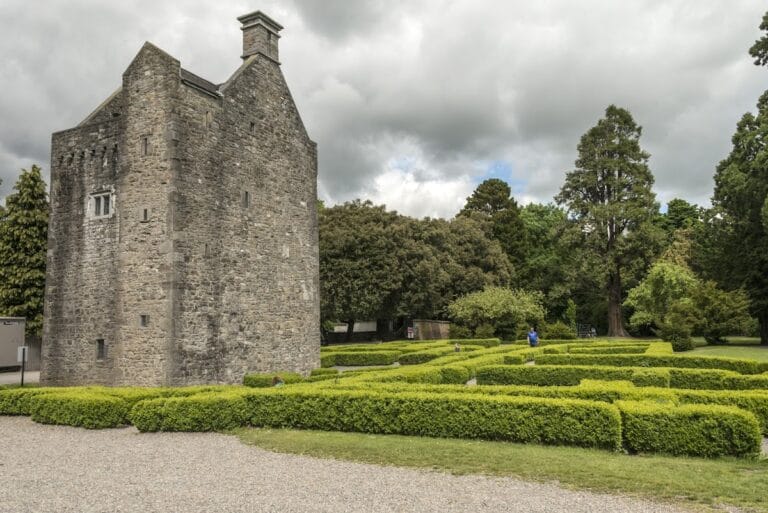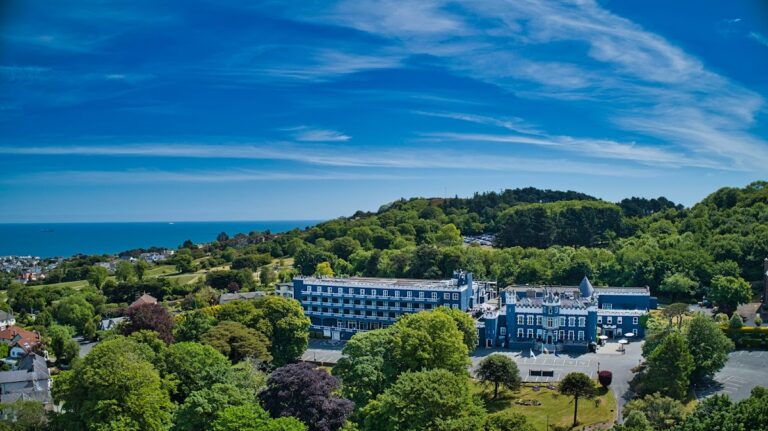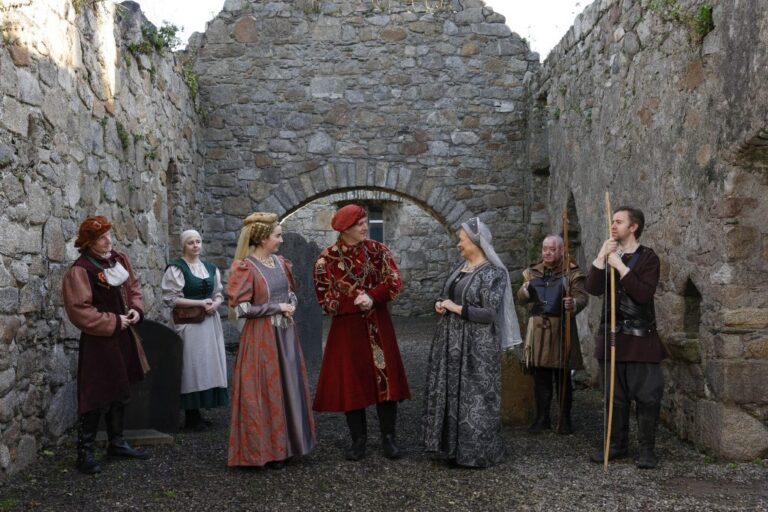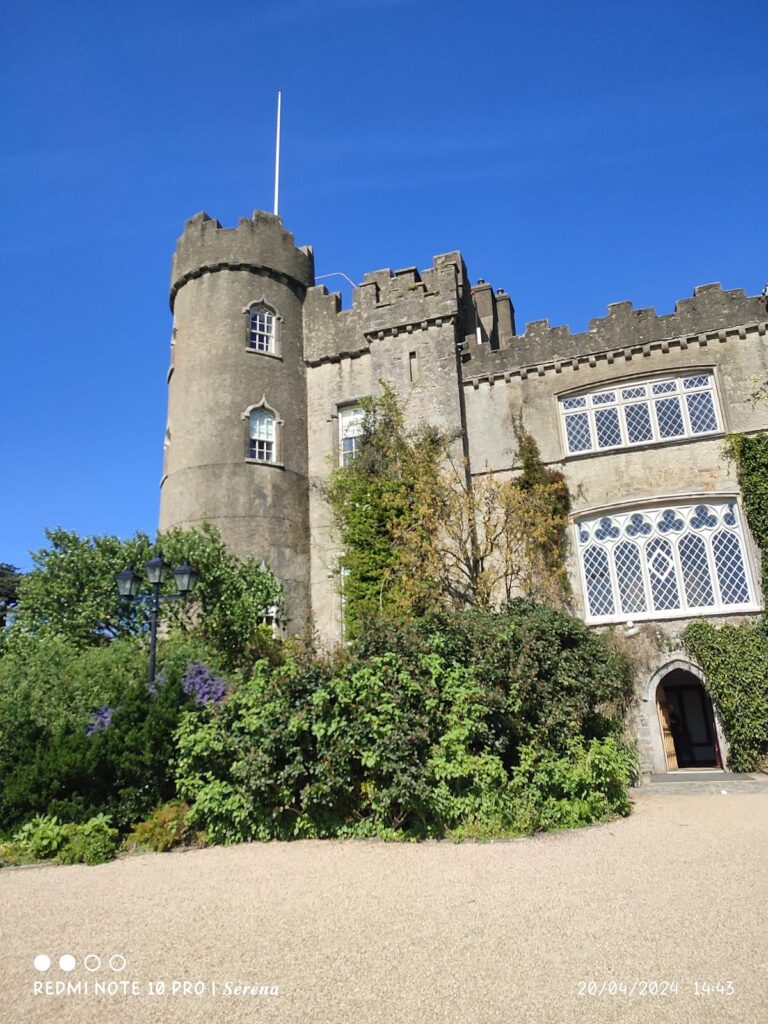Drimnagh Castle: A Medieval Norman Castle in Dublin, Ireland
Visitor Information
Google Rating: 4.7
Popularity: Low
Google Maps: View on Google Maps
Official Website: www.drimnaghcastle.org
Country: Ireland
Civilization: Unclassified
Remains: Military
History
Drimnagh Castle is located in Drimnagh, a suburb of Dublin, Ireland. It was constructed by the Norman settlers who arrived in Ireland during the medieval period.
The castle first appears in historical records in 1216, when it was owned by Sir Hugh de Bernival, whose family later adopted the name Barnewall. The Barnewalls established the initial fortifications during the mid-13th century. Over time, the site evolved, with surviving sections of the castle primarily dating from the early 15th century. The Barnewall family maintained ownership across several centuries, using the castle as a residence and a symbol of their status.
In the early 20th century, ownership passed to Joseph Hatch, a local dairy entrepreneur and city council member. Under Hatch, the castle’s grounds were largely used for cattle grazing rather than residential purposes. The Hatch family continued to live at Drimnagh Castle until the 1950s. Following the death of Louis Hatch in 1951, the castle was bequeathed to Bishop P. Dunne. The bishop subsequently sold the property to the Christian Brothers, a Catholic religious order, who established a school nearby and temporarily resided in the castle.
By the mid-20th century, the Christian Brothers had moved to a different location, and by the 1980s the castle had fallen into significant disrepair, including collapsed roofs and walls. Restoration efforts began in 1986, led by artist Peter Pearson and An Taisce, the National Trust for Ireland. These efforts focused on reviving the castle’s medieval character, with particular attention to historically appropriate materials and construction techniques. Restoration continued through the 1990s, culminating in the castle’s reopening for public access in 1991. Since then, the castle has been utilized for various cultural and educational purposes.
Remains
Drimnagh Castle is distinguished by its unique defensive moat, continuously filled with water from a tributary of the Camac River, sometimes called the Bluebell River. This moat is a rare feature, making it the only castle in Ireland to remain surrounded by a flooded ditch. The moat encloses the central buildings, emphasizing the site’s medieval fortification style.
Within the moat, the main structures include the great hall dating from the 15th century. This hall was restored with a medieval-style oak roof, recreated to match historic techniques, highlighting the use of traditional timber carpentry. Attached to the great hall is a tower thought to have been constructed in the 16th or 17th century, representing later architectural developments at the site. Both buildings exhibit stone construction, carefully repaired during the recent restorations using lime mortar, a traditional binding material for masonry and plaster that allows the stonework to breathe and settle naturally.
An additional large stone building on the grounds dates from the early 20th century. This versatile structure served diverse functions over time, including a stable for horses, a ballroom, and a coach house. In 1978, this building underwent renovation by the local Gaelic Athletic Association (GAA) club, who adapted it as a clubhouse featuring a hall, kitchen, and changing rooms with showers. This adaptation reflects the castle’s integration into the community beyond its medieval origins.
Restoration work on the castle also involved the installation of mullioned stone windows, a style characterized by vertical stone bars dividing the glass, common in medieval architecture. Detailed oak wood carving augmented the historic ambiance of the interiors. Additionally, a formal garden was created following medieval design principles, complementing the architectural restoration and enhancing the historic setting of the castle.
Together, these features illustrate the castle’s layered history, reflecting its evolution from a fortified medieval residence to a community landmark preserved through careful restoration.










